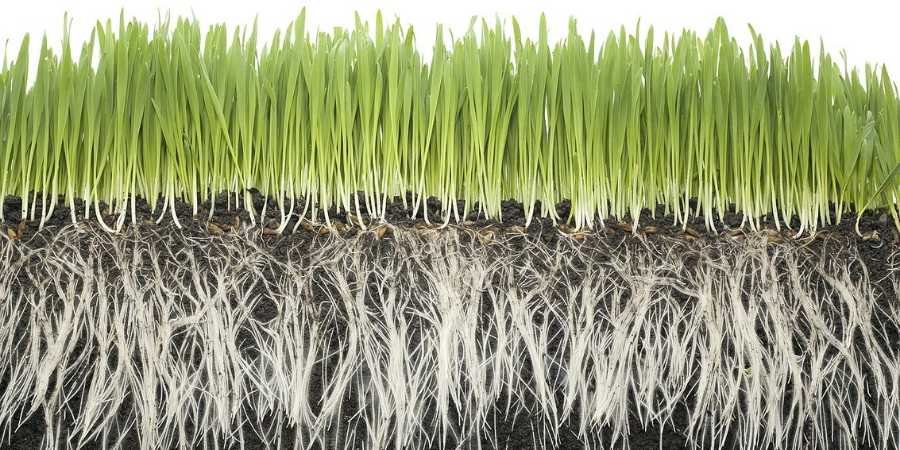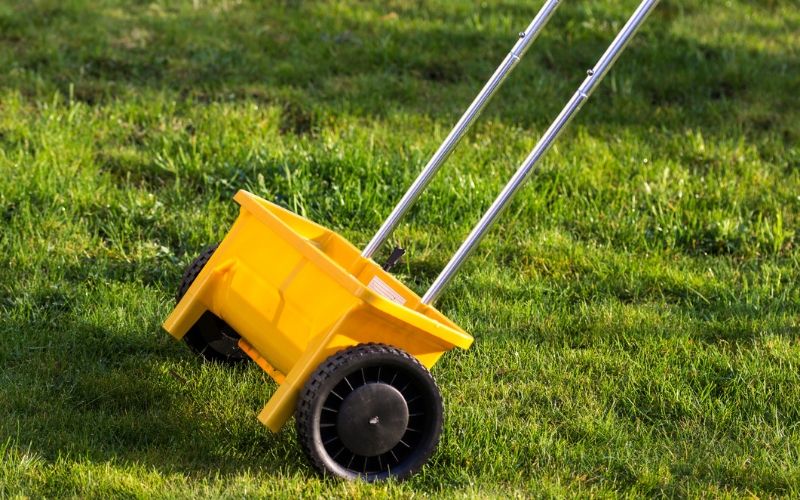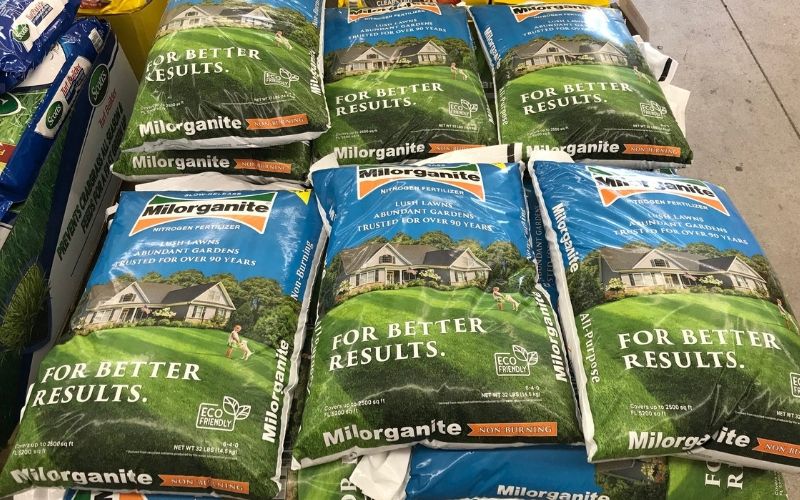Mowing & Maintenance: Lawn Mowing Tips
In addition to fertilizing, proper mowing can improve the health of your lawn and strengthen its resilience against pests and weeds.

Mowing Tips
Mow Tall
Allowing the grass to stay tall encourages deeper root growth. Tall grass also helps keep weed seeds from germinating — especially those crabgrass seeds that need light to germinate. Keeping the lawn tall throughout the summer will keep the surface of the soil from drying out and reduce the need for watering.
Mow Often
The best way to mow is often. Follow the one-third rule. For a thriving lawn, never cut away more than one-third of the grass blade in any one mowing. This keeps the grass at optimal height for root development. Stronger and deeper roots mean fewer pests.
Sharpen Mower Blades
Would you use a dull razor? Dull mower blades don’t cut grass, they tear it. Frayed blades of grass dry out quickly and make your lawn more susceptible to damage from insects and diseases. Mower blades should be re-sharpened 2–3 times per year. Mowing with a sharp blade is also more efficient - 22% less fuel is used and up to 30% less water.
Recycle Grass Clippings
Leave short clippings on the lawn. They do not cause thatch but will breakdown quickly adding moisture, nutrients, and organic matter to your soil. If you miss a mowing and the clippings are long, use your mulching mower or a second pass with the mower to cut them down to size.
The grass pieces break down quickly and reduce the amount of fertilizer you have to use by as much as 25%. And always sweep clippings off walks and drive to keep them out of our waterways.
Vary Your Mowing Pattern
Avoid tire marks and ruts caused by following the same pattern at each mowing. This wear and tear also makes for a less attractive lawn.
Those with larger lawns may want to use these four patterns; Mow east to west, then north to south, followed by diagonally southeast to northwest and diagonally southwest – northeast. Then repeat. Those with smaller lawns try to vary your mowing pattern the best you can.
What Height Should I Mow My Lawn?
*Mowed height is the height of the lawn once it has been mowed.
| Grass Type | Mowed Height* (in) |
|---|---|
| Kentucky Bluegrass | 2.5 to 3.5 |
| Perennial Rye | 2.0 to 3.5 |
| Fine Fescue | 2.0 to 3.5 |
| Tall Fescue | 2.5 to 4.0 |
| Grass Type | Mowed Height* (in) |
|---|---|
| Bahia | 3.0 to 4.0 |
| Bermuda | 0.5 to 2.0 |
| Centipede | 1.5 to 2.0 |
| St. Augustine | 2.0 to 4.0 |
| Zoysiagrass | 2.0 to 2.5 |








